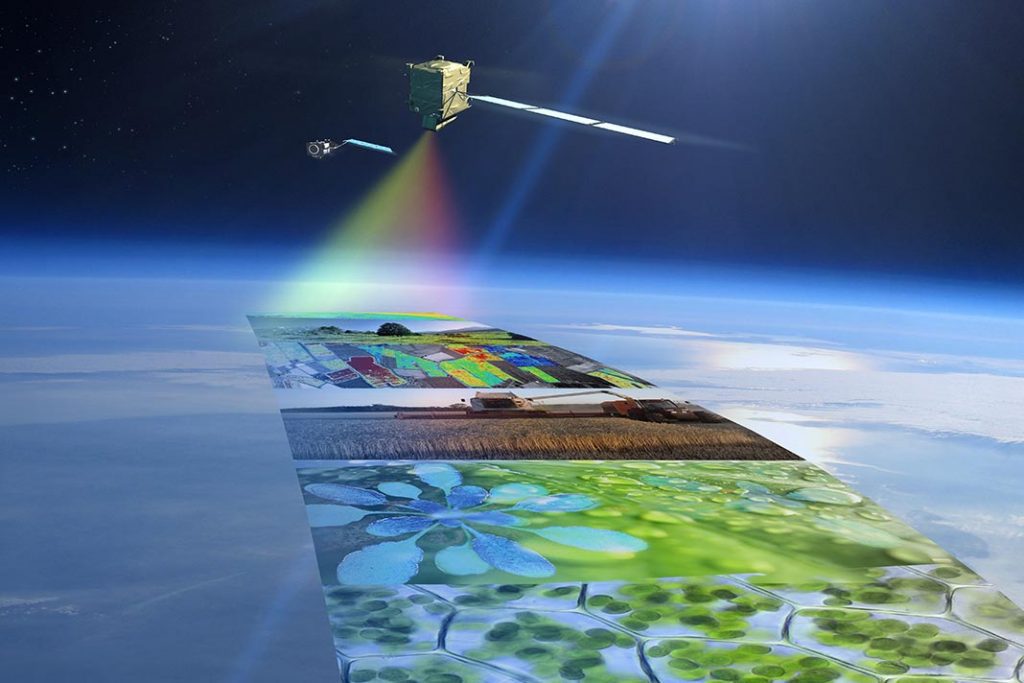Introduction
Environmental data science plays a crucial role in analyzing and solving pressing environmental challenges. Open source tools and libraries provide the building blocks for developing environmental data science workflows and applications. This article explores the top 10 open source tools and libraries that data scientists and developers leverage to wrangle, analyze, visualize, and model environmental data. Whether you are just starting out or are a seasoned practitioner, these tools and libraries will empower you to glean powerful insights from complex environmental datasets.
Related article: Big Data Technologies and Tools for Environmental Insights
1. Python
Python is the undisputed leader among programming languages used in environmental data science. Its large collection of specialized libraries makes Python a versatile tool for manipulating, analyzing, and visualizing environmental data. Key Python libraries for environmental data analysis include:
- Pandas – provides fast, flexible data structures like DataFrames and data manipulation capabilities for loading, cleansing, transforming, and munging data.
- Numpy – optimized library for numerical calculations and array operations essential for statistical modeling and analysis.
- Matplotlib – comprehensive 2D plotting library that can generate publication-quality figures and graphs to visualize data.
- Scikit-learn – go-to library for machine learning with many efficient implementations of classification, regression, clustering algorithms.
- GeoPandas – extends Pandas data structures to include geospatial capabilities like working with geospatial vectors and raster data.
- Dask – an open source Python library that provides advanced parallelism for analytic computing to scale Pandas, NumPy and scikit-learn to large datasets. Related article: Spark vs Dask: Environmental Big Data Analytics Tools Compared
With a flourishing open source ecosystem and extensive documentation, Python removes barriers for aspiring environmental data scientists to productively analyze data.
2. R
R is another open source programming language popular among environmental data scientists for statistical analysis and visualization. Some key R packages for environmental analysis include:
- Tidyverse – collection of packages like dplyr, ggplot2 to wrangle, visualize and model data in a consistent manner.
- sf – simple features package for working with geospatial vector data.
- raster – versatile package for import, manipulation, analysis and visualization of raster data.
- sp – classes and methods for handling spatial data like spatial polygons and lines.
- randomForest – implementation of random forest machine learning algorithm for classification and regression problems.
R’s strengths lie in its vast collection of statistical techniques, publication-quality data visualization capabilities, and popularity among statisticians. Combining R with Python expands the possibilities for rigorous environmental data analysis.
Related article: Data Preprocessing and Cleaning Techniques for Environmental Data
3. QGIS
QGIS is an open source Geographic Information System (GIS) software widely used by environmental professionals for geospatial data analysis and mapping. Key features include:
- Visualize, edit, analyze multi-layer geospatial data
- Open and export common GIS file formats like GeoTIFF, Shapefiles, GeoJSON etc.
- Powerful tool for creating maps with symbology, labels, legends etc.
- Processing toolbox for geoprocessing tasks like clip, merge, dissolve geospatial features
- Plugin ecosystem to extend functionality
- Python console access to automate workflows
QGIS empowers users with limited resources to engage in geospatial analysis and produce publication-quality maps. The skills are transferable to commercial GIS software.
Related article: The Benefits of Cloud Native Geospatial File Formats
4. Google Earth Engine
While not open source, Google Earth Engine (GEE) combines a massive catalog of earth observation data with cloud-based analysis. It lowers barriers for scaling up environmental analysis with capabilities like:
- Data catalog containing petabytes of geospatial raster data like satellite imagery and climate data
- Cloud platform to apply algorithms across entire geospatial datasets
- JavaScript and Python APIs for analyzing and visualizing data
- Saves time and resources for data access, storage, and computing
Researchers, non-profits, and public sector agencies use GEE to rapidly analyze environmental changes globally.
As an alternative to Google Earth Engine, check out GEOAnalytics Canada!
5. Jupyter Notebook
The Jupyter Notebook provides a productive interactive development environment for environmental data science workflows. Key aspects include:
- Write and execute Python or R code one cell at a time.
- Visualize data, plots, maps, and analysis results inline.
- Annotate analysis with text in markdown cells.
- Parameterize and execute workflows.
- Share and publish reproducible notebooks as finished reports or apps.
Jupyter Notebook helps iterate rapidly on analysis while encapsulating the entire workflow in a sharable document. It facilitates reproducible, transparent environmental data science.
6. Git
Git is the most widely adopted version control system, essential for managing code and configuration for environmental data science projects. Features include:
- Track code changes and history to enable collaboration
- Experiment safely by branching off codebase
- Revert back to working version if bugs are introduced
- Integrates with Github or Gitlab for remote project hosting
- Enforces coding best practices like testing and documenting
Git enables scaling up projects sustainably and helps diagnose tricky bugs. Mastering Git is a must for any aspiring environmental data scientist.
7. GDAL/OGR
The GDAL/OGR libraries are the Swiss army knives for reading, writing and converting between a wide variety of geospatial data formats. Functionalities include:
- Open and export common raster formats like GeoTIFF, NetCDF
- Read and write vector data like Shapefiles, GeoJSON, KML
- Reproject vector and raster geospatial data
- Do basic analysis like polygon overlays
- Bridge between different geospatial applications and tools
GDAL/OGR provide the foundational data interoperability “plumbing” that powers many higher level geospatial analysis tools.
8. Xarray
Xarray brings labeled, multidimensional arrays to Python powered by Pandas and NumPy. Benefits for environmental data analysis include:
- Handle timeseries data, gridded raster data efficiently
- Descriptive labels for data axes and coordinates
- Slice and dice data arrays using dimension and coordinate labels
- Perform arithmetic between arrays with broadcasting
- Integrate with Pandas for data wrangling and visualization
Xarray enables more intuitive handling of multidimensional environmental data compared to raw NumPy arrays.
9. Leaflet
Leaflet is a popular open source JavaScript library used to create interactive maps for web browsers and mobile devices. Highlights:
- Easy to get started creating mobile-friendly interactive maps
- Bind and represent geospatial vector and raster data
- Custom map tiles, markers, popups, and visual effects
- Plugins extend functionality
- Active community behind development
Leaflet lowers barriers to creating engaging web maps to reach wider audiences.
10. Docker
Docker simplifies building self-contained and reproducible containers to deploy environmental data science pipelines and applications. Advantages include:
- Package code, libraries, assets together
- Isolate dependencies and environment from host system
- Standardize environments for development, testing, production
- Portable and scalable
- Integrates with Kubernetes and cloud platforms
Docker enables building robust and mutable infrastructure to operationalize environmental data science workloads.
Conclusion
Open source tools play an indispensable role in environmental data science. Python, R, QGIS, Google Earth Engine, Jupyter Notebook, Git, GDAL/OGR, Xarray, Leaflet, and Docker collectively provide a mature toolchain for practitioners to efficiently load, manipulate, analyze, and visualize heterogeneous environmental datasets. Opportunities abound to build on these tools to address evolving analytical and infrastructure requirements. Investing time to learn these technologies is essential for aspiring and seasoned environmental data scientists alike to further their professional goals and accelerate progress on environmental challenges.
Next Steps
Round Table Environmental Informatics (RTEI) is a consulting firm that helps our clients to leverage digital technologies for environmental analytics. We offer free consultations to discuss how we at RTEI can help you.

